While Video games are a great way to connect to the kids outside of school, they don't always help students remember important figures. Luckily for the renaissance, there is something that all the kids know that they can use to remember Renaissance Artists.
While there isn't much actual connection between the Renaissance and the Ninja turtles, the names can help students make a memory connection in their heads. Students won't always remember those little facts they are given but they will remember it better if it is connected to a TV Show they watched.
Pisano and Giotto:
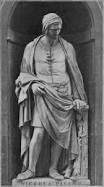 |
| Nicola Pisano |
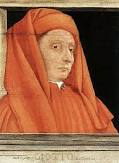
These two men are the most important fore fathers to the Renaissance. They began the change in the style of art, While they didn't have much contact with the four major Renaissance Artists, they heavily influenced them along with the rest of the Renaissance. They would be similar to the character of Splinter in the Ninja Turtles Series.
Leonardo Da Vinci:
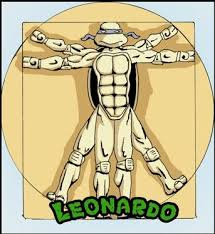
The two go somewhat hand in hand. Leonardo da Vinci is arguably the most well known Renaissance artist and somewhat of a leader, and The blue ninja turtle is the Leader of the group.
Michelangelo:
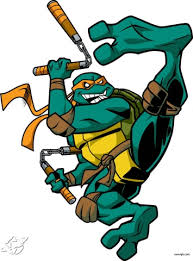
Michelangelo is most famous for painting the Sistine Chapel and carving the statue of David. You can use those two pieces of art to explain not only the changes in artistic style but also to explain the idea of Art Patronage during the time period.
The statue of David shows the lack of proportion that was evident prior to the Renaissance. David's hands were much larger than a man his size would have.
With the Sistine Chapel, the story of the Pope threatening Michelangelo if he did not finish the painting, greatly explains the issue with old art, that paintings were done because someone paid for them, not because the artist wanted to paint it. Also a good story to mention is the Cherub in the upper portion of one wall of the chapel that is giving the pope the Italian version of the middle finger.
Raphael:
The Fresco artist Raphael is not as well known as the first two major artists, yet he is just as important. Michelangelo believed that the only reason he got the job painting the Sistine Chapel was that Raphael was trying to set him up for failure.
Raphael's famous piece of art is arguably the School of Athens. Initially only available for viewing in the Pope's private library, the painting includes many of the great ancient Greek philosophers. Also included in the painting is Raphael himself, and it is believed that the images of Plato and Aristotle are also representative of Michelangelo and da Vinci.
Donatello:
The least famous of the four names used for the Ninja Turtles and ironically the least known Ninja Turtle. Donatello was the premier sculptor of the Renaissance. One of his most interesting works is his statue of David, which is greatly different from the one sculpted by Michelangelo. Michelangelo's David, portrays him as large, strong, and confident, while Donatello's David portrays as small, somewhat weak looking, and very feminine.
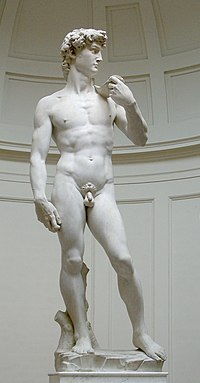 |
| David By Michelangelo |
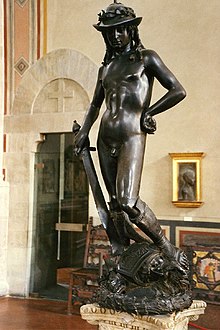 |
| David by Donatello |





.jpg)

.jpg)
.jpg)